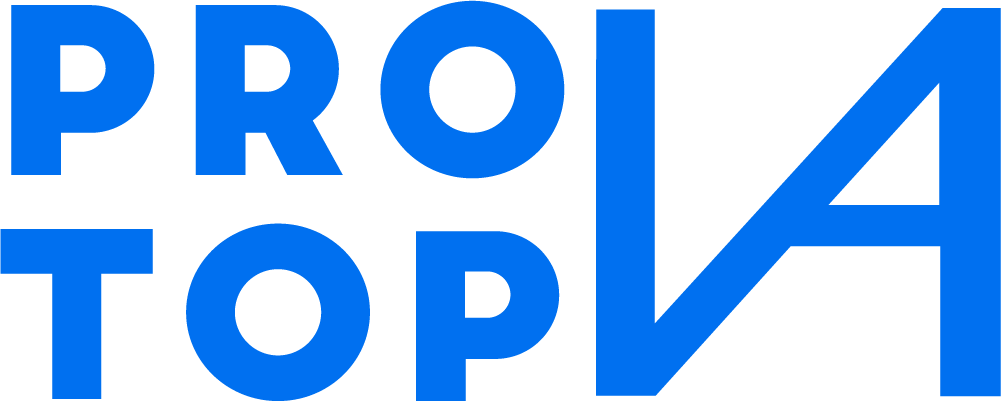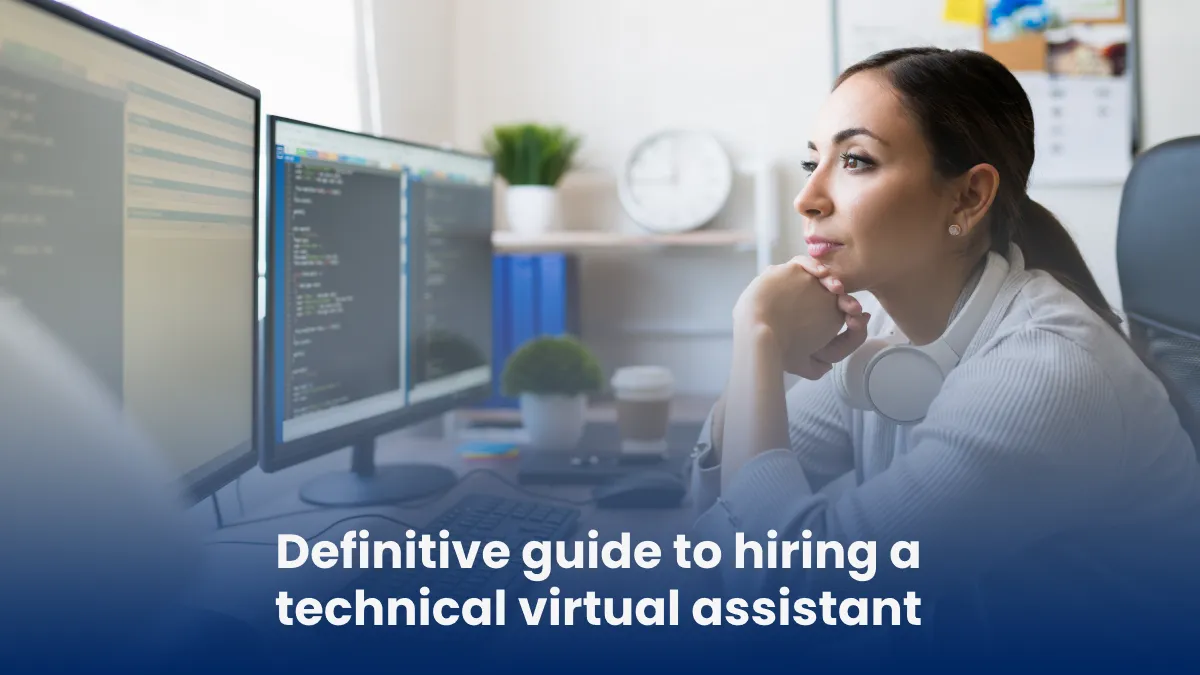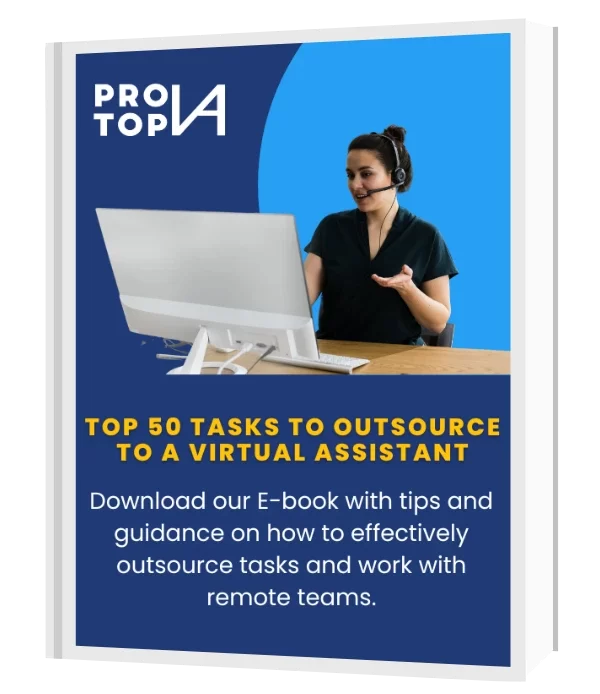Are you a business owner looking to streamline your operations with the help of a virtual assistant? Look no further! In today’s fast-paced digital world, hiring a technical virtual assistant has become a game-changer for businesses of all sizes.
Whether you need assistance with website management, graphic design, coding, or any other technical tasks, a skilled virtual assistant can provide expert support to take your business to new heights. But with so many options out there, how do you find the perfect fit for your specific needs?
That’s where this ultimate guide comes in. We’ll walk you through the process of hiring a technical virtual assistant, from defining your requirements to conducting interviews and making the final hiring decision. Get ready to optimize your business and unlock its full potential with the help of a highly skilled technical virtual assistant.
Table of Contents
Understanding the role of a technical virtual assistant
A technical virtual assistant is a professional who specializes in providing support for various technical tasks remotely. They possess the skills and expertise to handle a wide range of technical responsibilities, such as website maintenance, software development, database management, and more. By hiring a technical virtual assistant, you can offload these tasks and focus on the core aspects of your business.
When considering a technical virtual assistant, it’s crucial to have a clear understanding of the specific tasks and responsibilities you want them to handle. This will help you find a virtual assistant who has the necessary skills and experience to meet your requirements. Whether you need assistance with web development, graphic design, or IT support, defining the role of your virtual assistant is essential for a successful and productive working relationship.
In addition to technical skills, a technical virtual assistant should also possess certain qualities that contribute to their effectiveness in the role. These qualities include excellent communication skills, problem-solving abilities, and the ability to work independently. By understanding the role and qualities to look for in a technical virtual assistant, you’ll be better equipped to find the perfect fit for your business.
Benefits of hiring a technical virtual assistant
Hiring a technical virtual assistant offers numerous benefits for your business. Firstly, it allows you to tap into a pool of highly skilled professionals without the need for a physical presence in your office. This not only saves costs associated with hiring and maintaining an in-house team but also gives you access to a broader talent pool that might not be available locally.
Secondly, a technical virtual assistant can significantly improve your business’s efficiency and productivity. By delegating technical tasks to a skilled professional, you can free up your time and focus on strategic initiatives that drive growth. Additionally, virtual assistants are often experienced in their respective fields, which means they can complete tasks more quickly and effectively than someone without specialized knowledge.
Another advantage of hiring a technical virtual assistant is the flexibility it provides. Virtual assistants typically work on a contract basis, allowing you to scale up or down your support as needed. This flexibility is particularly beneficial for businesses with fluctuating workloads or seasonal demands.
In summary, the benefits of hiring a technical virtual assistant include access to expertise, increased efficiency, cost savings, and flexibility. By leveraging the skills and capabilities of a virtual assistant, you can streamline your business operations and focus on what truly matters.
In previous articles we have already talked about the benefits of hiring a virtual assistant for your company.
Skills and qualifications to look for in a technical virtual assistant
When hiring a technical virtual assistant, it’s essential to consider the specific skills and qualifications required for the tasks you need assistance with. While the exact requirements may vary depending on your industry and business needs, there are several key skills and qualifications that are generally valuable in a technical virtual assistant:
- Technical proficiency: A technical virtual assistant should have a strong foundation in the relevant technical skills required for your tasks. This may include knowledge of programming languages, web development frameworks, graphic design software, or other specialized tools.
- Problem-solving abilities: Technical tasks often involve troubleshooting and finding solutions to complex problems. Look for a virtual assistant who has a proven track record of problem-solving and critical thinking.
- Communication skills: Clear and effective communication is crucial when working with a virtual assistant. They should be able to understand your instructions and provide regular updates on the progress of tasks. Excellent written and verbal communication skills are essential for seamless collaboration.
- Time management skills: A technical virtual assistant should be able to manage their time effectively and meet deadlines. This ensures that tasks are completed in a timely manner and your business operations run smoothly.
- Attention to detail: Technical tasks often require a high level of precision and attention to detail. Look for a virtual assistant who demonstrates meticulousness in their work and can deliver accurate results.
In addition to these skills, consider any industry-specific knowledge or certifications that may be relevant to your business. By thoroughly evaluating the skills and qualifications of potential virtual assistants, you can ensure that they have the necessary expertise to support your business effectively.
Where to find and hire a technical virtual assistant
Finding a technical virtual assistant who meets your requirements can be a daunting task, but there are several avenues you can explore to find the right candidate. Here are some popular methods for finding and hiring a technical virtual assistant:
- Freelance platforms: Websites like Upwork, Freelancer, and Fiverr provide a platform where you can post job listings and connect with virtual assistants. These platforms allow you to review profiles, portfolios, and client reviews to assess the suitability of potential candidates.
- Virtual assistant agencies: There are numerous agencies specialized in providing virtual assistant services, as ProtopVA. These agencies have a pool of pre-screened virtual assistants with various technical skills. By working with an agency, you can benefit from their expertise in matching you with a suitable virtual assistant.
- Professional networks: Reach out to your professional network, industry-specific forums, or social media groups to seek recommendations for technical virtual assistants. Personal referrals can be a reliable source of finding talented professionals who have been vetted by people you trust.
- Online communities and forums: Participate in online communities and forums related to your industry. These platforms often have dedicated sections for job postings or collaboration opportunities, allowing you to connect with technical virtual assistants who have a genuine interest in your field.
- Job boards: Post job listings on popular job boards such as Indeed or LinkedIn. Specify the technical skills and qualifications required, and carefully review the resumes and portfolios of applicants to identify potential candidates.
When evaluating potential candidates, consider their experience, portfolio, testimonials, and rates. It’s also important to conduct interviews and assess their compatibility with your working style and communication preferences. By exploring these avenues and thoroughly vetting candidates, you can find a technical virtual assistant who is the perfect fit for your business.
Interviewing and assessing technical virtual assistant candidates
Once you have identified potential candidates, it’s time to conduct interviews and assess their suitability for the role. Here are some tips to help you make the most of the interview process:
- Prepare a list of questions: Before the interview, prepare a list of questions that will help you gauge the candidate’s technical skills, problem-solving abilities, and communication skills. Ask about their previous experience, specific projects they have worked on, and how they have addressed challenges in their previous roles.
- Technical assessment: Depending on the nature of the tasks you need assistance with, consider including a technical assessment in the interview process. This may involve asking the candidate to complete a small task or solve a technical problem to demonstrate their skills.
- Evaluate communication skills: During the interview, pay attention to the candidate’s communication skills. Are they able to articulate their thoughts clearly? Do they ask clarifying questions to ensure they understand your requirements? Effective communication is crucial for a successful working relationship.
- Cultural fit: Assessing the cultural fit is equally important when hiring a technical virtual assistant. Consider the values, work ethic, and professionalism of the candidate to ensure they align with your business’s culture and expectations.
- References and testimonials: Request references or testimonials from previous clients or employers. Reach out to these references to gain insights into the candidate’s work ethic, reliability, and ability to meet deadlines.
By conducting thorough interviews and assessments, you can gain a better understanding of each candidate’s capabilities and make an informed hiring decision.
If you find this process time-consuming, you can let a company like ProtopVA handle the process of finding, interviewing and selecting the best candidate for your business. You can learn more about our process and our pricing packages.
Setting expectations and establishing clear communication with your virtual assistant
Once you have hired a technical virtual assistant, it’s crucial to set clear expectations and establish effective communication channels from the start. This will help ensure a smooth working relationship and maximize productivity. Here are some tips for setting expectations and establishing clear communication:
- Define tasks and responsibilities: Clearly define the tasks and responsibilities your virtual assistant will handle. Provide detailed instructions and provide examples when necessary. This will help them understand your expectations and deliver the desired results.
- Establish communication channels: Determine the preferred communication channels for regular updates and ad-hoc discussions. Whether it’s email, instant messaging platforms, or project management tools, choose channels that are convenient for both parties.
- Set deadlines and priorities: Clearly communicate deadlines and priorities for each task or project. This will help your virtual assistant manage their time effectively and ensure tasks are completed on time.
- Provide feedback and guidance: Regularly provide feedback on completed tasks and offer guidance when needed. This will help your virtual assistant improve their performance and align their work with your expectations.
- Maintain open communication: Encourage open communication with your virtual assistant. Create a supportive environment where they feel comfortable asking questions, seeking clarification, and providing suggestions for improvement.
By setting expectations and establishing clear communication channels, you can foster a productive working relationship with your virtual assistant and achieve optimal results.
Tools and technologies to enhance collaboration with a technical virtual assistant
Collaborating with a technical virtual assistant requires the use of various tools and technologies to facilitate efficient communication and task management. Here are some essential tools and technologies that can enhance collaboration:
- Project management tools: Use project management tools like Asana, Trello, or Monday.com to assign tasks, set deadlines, and track progress. These tools allow you to create project boards, assign tasks, and monitor the status of each task in real-time.
- Communication platforms: Utilize communication platforms like Slack or Microsoft Teams to facilitate real-time communication with your virtual assistant. These platforms allow you to have instant messaging conversations, share files, and even conduct video or audio calls.
- File sharing and collaboration tools: Use cloud-based file sharing and collaboration tools like Google Drive, Dropbox, or Microsoft OneDrive to share files and collaborate on documents. These tools ensure that both you and your virtual assistant have access to the latest versions of files and can work on them simultaneously.
- Time tracking tools: Use time tracking tools like Harvest or Toggl to monitor the time spent on different tasks. This can help you track the productivity of your virtual assistant and ensure accurate billing.
- Screen sharing and remote access tools: In situations where you need to provide remote support or demonstrate a task, screen sharing and remote access tools like TeamViewer or Zoom can be invaluable. These tools allow you to share your screen with your virtual assistant or grant them remote access to your computer for troubleshooting purposes.
By leveraging these tools and technologies, you can streamline collaboration with your technical virtual assistant and ensure efficient communication and task management.
Training and onboarding your technical virtual assistant
Once you have hired a technical virtual assistant, it’s important to provide proper training and onboarding to ensure they have a clear understanding of your business processes and expectations. Here are some steps to consider when training and onboarding your virtual assistant:
- Provide an overview of your business: Start by giving your virtual assistant an overview of your business, its goals, and its values. This will help them understand the context in which they’ll be working and align their efforts accordingly.
- Document standard operating procedures (SOPs): Document standard operating procedures for the tasks your virtual assistant will handle. These SOPs should include step-by-step instructions, best practices, and any relevant templates or resources.
- Conduct training sessions: Schedule training sessions to walk your virtual assistant through the SOPs and demonstrate how specific tasks should be completed. Use screen sharing tools to provide real-time demonstrations and address any questions or concerns.
- Gradual delegation of tasks: Gradually delegate tasks to your virtual assistant to allow them to gain hands-on experience and apply the knowledge acquired during training. Start with simpler tasks and gradually increase the complexity as they become more comfortable.
- Offer ongoing support and feedback: Throughout the training and onboarding process, provide ongoing support and feedback to your virtual assistant. Regular check-ins and performance evaluations will help them refine their skills and ensure they’re meeting your expectations.
By investing time in training and onboarding, you can ensure that your virtual assistant is equipped with the necessary knowledge and skills to contribute to your business’s success.
Managing and delegating tasks to your technical virtual assistant
Effective task management and delegation are key to maximizing the productivity of your technical virtual assistant. Here are some strategies to consider when managing and delegating tasks:
- Prioritize tasks: Clearly communicate the priorities of each task or project to your virtual assistant. This will help them allocate their time and resources accordingly.
- Break tasks into smaller subtasks: Break down larger tasks into smaller subtasks to make them more manageable. This allows your virtual assistant to prioritize and complete tasks systematically.
- Set deadlines: Establish clear deadlines for each task or subtask. This ensures that your virtual assistant understands the urgency and can plan their workload accordingly.
- Provide detailed instructions: When delegating tasks, provide clear and detailed instructions. Specify the desired outcome, any specific requirements, and provide examples or references when necessary.
- Encourage proactive communication: Encourage your virtual assistant to proactively communicate any challenges or questions they may encounter during the task. This allows for timely clarification and ensures that tasks are completed correctly.
- Monitor progress: Regularly monitor the progress of tasks and provide feedback. This helps you stay informed about the status of each task and allows you to address any issues or concerns promptly.
- Foster independence: While it’s important to provide guidance and support, also encourage your virtual assistant to work independently and take ownership of their tasks. This empowers them to make decisions and contribute their expertise to the best of their abilities.
By implementing these task management and delegation strategies, you can effectively leverage the skills of your technical virtual assistant and optimize your business operations.
Monitoring and evaluating the performance of your technical virtual assistant
Regularly monitoring and evaluating the performance of your technical virtual assistant is crucial to ensure that they’re meeting your expectations and delivering high-quality work. Here are some steps to consider when monitoring and evaluating their performance:
- Set performance metrics: Define clear performance metrics based on the specific tasks and responsibilities of your virtual assistant. These metrics may include deadlines met, accuracy of work, client satisfaction ratings, number of tickets resolved, number of projects completed, time spent on tasks and cost per task.
- Set performance metrics: Define clear performance metrics based on the specific tasks and responsibilities of your virtual assistant. These metrics may include deadlines met, accuracy of work, client satisfaction ratings, number of tickets resolved, or number of projects completed.
- Collect data: Track your virtual assistant’s performance against these metrics on a regular basis. This data can be collected through timesheets, project reports, or client feedback.
- Provide feedback: Regularly provide your virtual assistant with feedback on their performance. This feedback should be constructive and focused on helping them improve their work.
- Hold regular meetings: Schedule regular meetings with your virtual assistant to discuss their performance and any areas where they need improvement. These meetings can also be used to set new goals and objectives for your virtual assistant.
- Take corrective action: If your virtual assistant’s performance is not meeting your expectations, take corrective action. This may involve providing additional training, setting more specific goals, or even terminating the relationship.
Conclusion
Hiring a technical virtual assistant can be a great way to streamline your business and free up your time to focus on other tasks. However, it is important to do your research and hire a VA who is qualified and experienced. You should also set clear expectations and monitor their performance on a regular basis. By following these tips, you can ensure that you are getting the most out of your technical virtual assistant.
In addition to the above, here are some other tips for monitoring and evaluating the performance of your technical virtual assistant:
- Set clear goals and expectations: Before you start working with your VA, take some time to set clear goals and expectations. This will help you to track their progress and make sure that they are on the right track.
- Provide regular feedback: Don’t wait until the end of the project to provide feedback to your VA. Provide them with regular feedback so that they can learn and improve their skills.
- Use a project management tool: A project management tool can help you to track the progress of your projects and keep your VA on track.
- Trust your gut: If you have a gut feeling that something is wrong, don’t ignore it. Trust your gut and take action.
By following these tips, you can ensure that you are getting the most out of your technical virtual assistant and that they are a valuable asset to your business.



